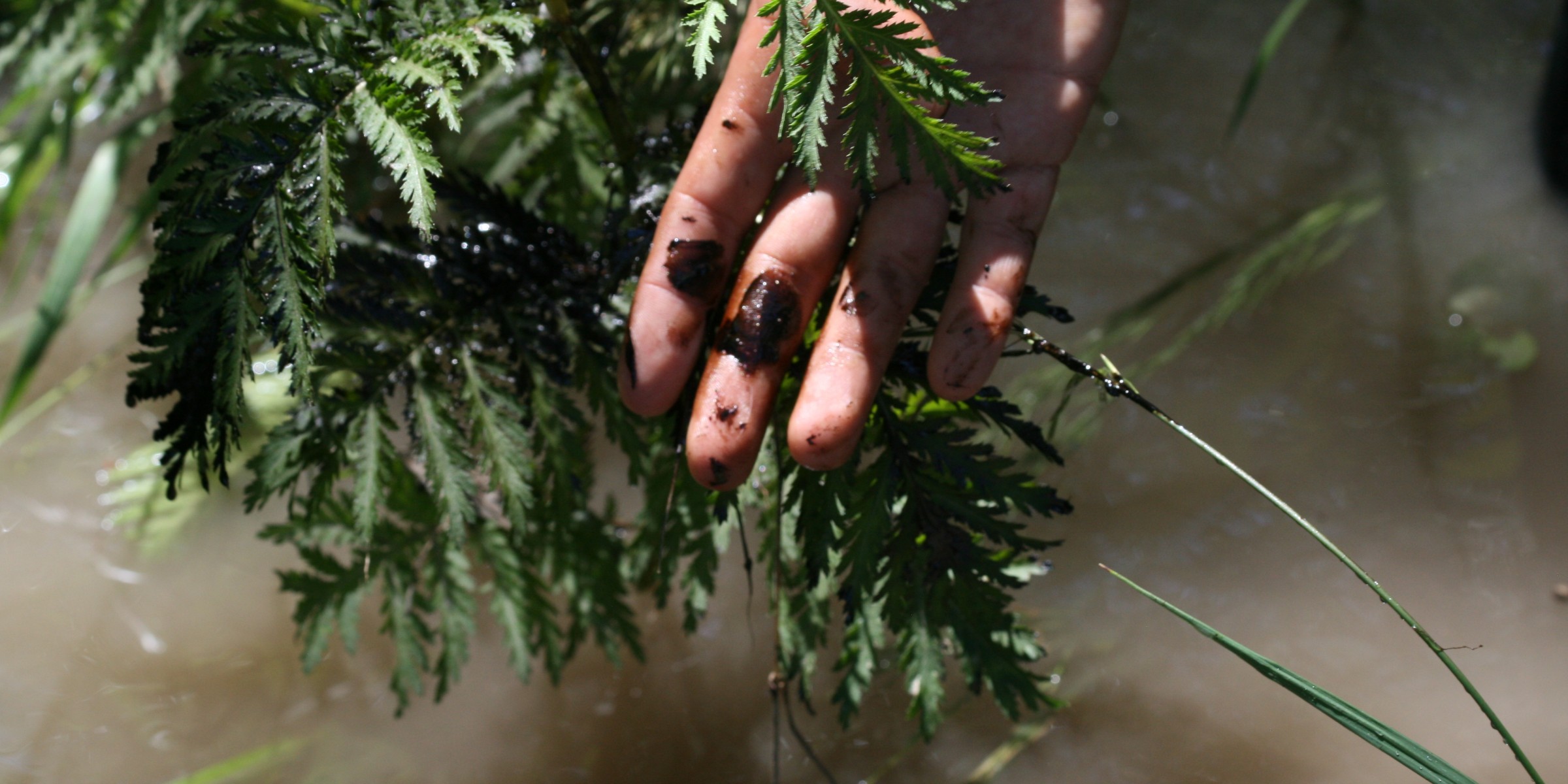Glendive officials were trained for a Yellowstone River oil spill in 2013

Here’s a summary of the blog: ICYMI, the EPA and DEQ made Exxon do a sACP for their SEP and things got worse, WTF.
After the 2011 Yellowstone River oil spill, Exxon was required to undertake a Supplemental Environmental Project (SEP). This is a bureaucratic term that refers to a situation when a company voluntarily agrees to undertake “an environmentally beneficial project related to the violation in exchange for mitigation of the penalty to be paid.” Guess what Exxon’s SEP project was?
They created a Yellowstone River sub-Area Contingency Plan (sACP) and a Tactical Response Plan for Oil Spills on the Yellowstone River. Yes, you read right. They developed an emergency response plan for potential oil spills in the Yellowstone River watershed and then trained local officials and emergency responders on the plan.
Two trainings were held in Glendive. On September 26, 2013 the Environmental Protection Agency (EPA), the Montana Department of Environmental Quality (DEQ) and ExxonMobil Pipeline Company held a free Basic Oil Spill Training and then on October 5, 2013 they held an Advanced Oil Spill Training. Local emergency response organizations, local officials and the general public were invited to take part in the training. From what I can tell it was not mandatory. You can read the press release from the DEQ here.
The goal of the training was to increase the ability of both the State of Montana and local governments “to safely and effectively protect critical natural resources and infrastructure during an oil spill.” The training was one component of the SEP that also included “assessment of risk, contingency planning, creation of the Tactical Response Plan and providing additional spill response equipment to the Yellowstone River area.” (From the DEQ Press Release)
I couldn’t find the actual emergency plan (sACP) on EPA or DEQ’s websites. I did find a presentation created by the EPA to highlight the success of the SEP. These are four things the EPA highlighted.
- Conducted 5 Oil Spill Response Training Classes in September 2013 (Livingston, Columbus, Billings, Miles City & Glendive)
- Conducted 3 Oil Spill Response Exercises in October 2013 (Livingston, Billings & Glendive)
- MT DEQ – Taking more active Spill Response Role under State ESF 10 plan with MT DES
- Increased local first responder readiness for oil spill response
I emailed the EPA this weekend and requested a copy of the sACP because I want to see how the plan addresses the notification of the public and how drinking water infrastructure is protected in the event of a oil spill; the two things that were an utter and complete failure in Glendive. I will post the plan as soon as I get it from the EPA and/or DEQ so you can see for yourself.
I am unsure of how many Glendive officials actually took the training and if they are still in the same positions. For example, did the staff at Glendive’s Department of Emergency Services (DES) take the trainings in 2013? If not, why not? If they did, why did it take two days for the residents of Glendive to know there was an oil spill and why did it take so long to shut down the water intake system? Did the training cover notification of the public?
What makes me shake my head in disbelief is how we could all go through the 2011 Exxon oil spill, have congressional hearings, have a Montana Pipeline Safety Review Council formed, have Exxon develop a Yellowstone River Oil Spill plan for the entire watershed east of Billings and then three and a half years later watch the absolutely dismal response to the Glendive oil spill.
Today the Billings Gazette ran an opinion piece entitled, Oil spill underscores infrastructure, public safety needs. They make a lot of important points about pipeline safety needs. However, much of what they bring up is supposedly why we made Exxon create an emergency plan over a year ago. Glendive residents should not have had to wait two days before they had clean water to drink. That is completely unacceptable.
Everyone is saying that we need to “learn lessons” from the Glendive oil spill. Well, no shit. Apparently, no one learned anything during the 2011 Exxon oil spill because the response in Glendive was worse than it was in Billings. Exxon spent just under a million dollars to complete an emergency plan that apparently no one has read.
In the aftermath of the Glendive oil spill, what should be done? Should we have Bridger Pipeline Company do a sACP so it can sit on a shelf somewhere and get dusty? Do we have more congressional hearings about pipeline safety? Do we form another Montana Pipeline Safety Review Council? Maybe we should pass yet another unfunded federal bill like the Pipeline Safety, Regulatory Certainty, and Job Creation Act of 2011.
Nah. None of that will happen because this spill was EOB. But I can tell you what will happen. People will forget, plans will sit on shelves and the next time we have an oil spill on the Yellowstone River we will throw our hands up in disgust.
And we’ll say, someone should really do something about that, don’t you think?

Pingback: A Citizen’s Guide To Oil Spills: A message to the residents of Glendive | east of billings
Pingback: Intelligent Discontent